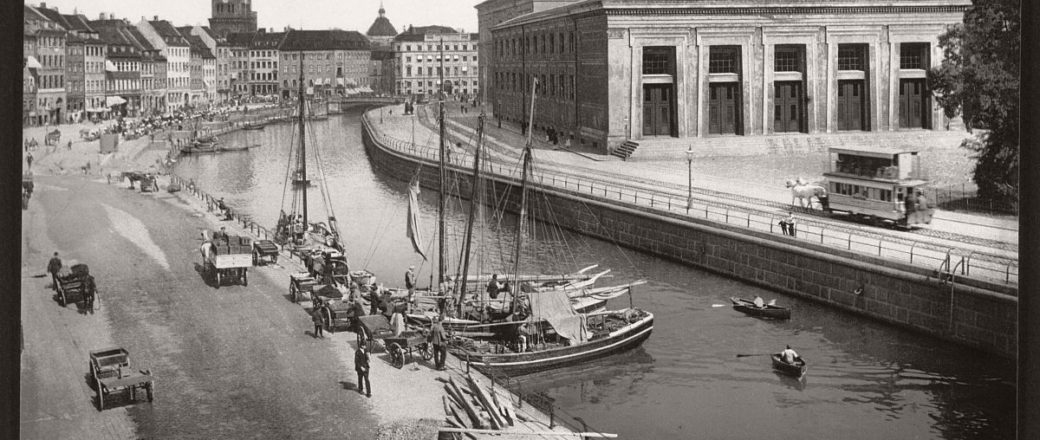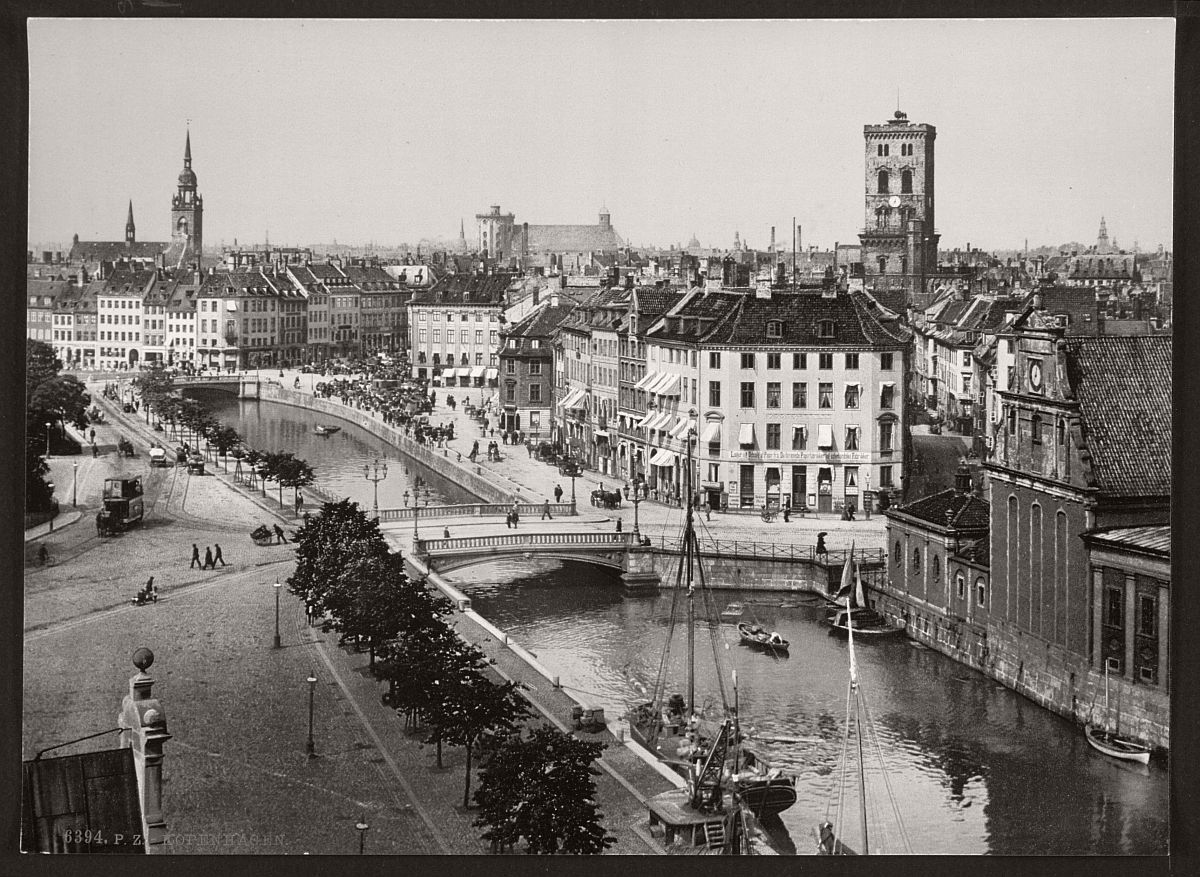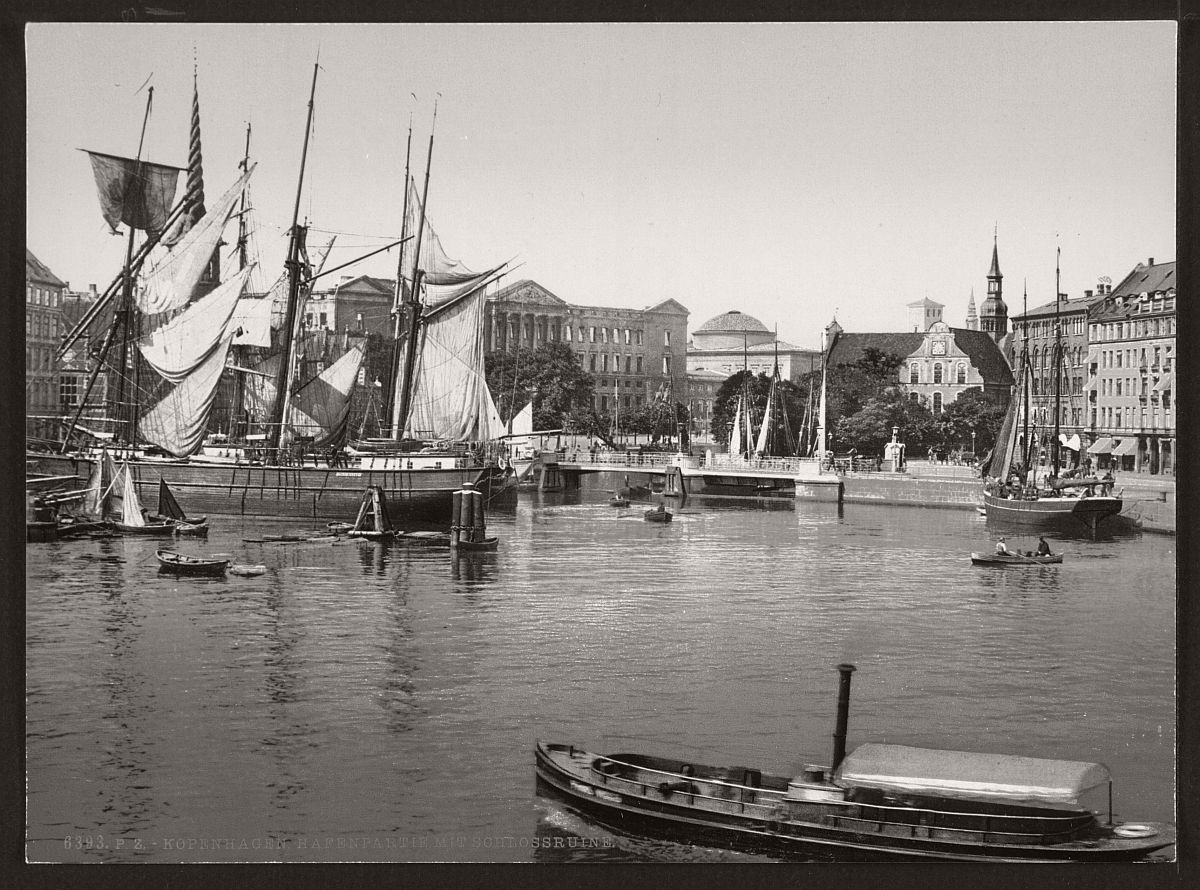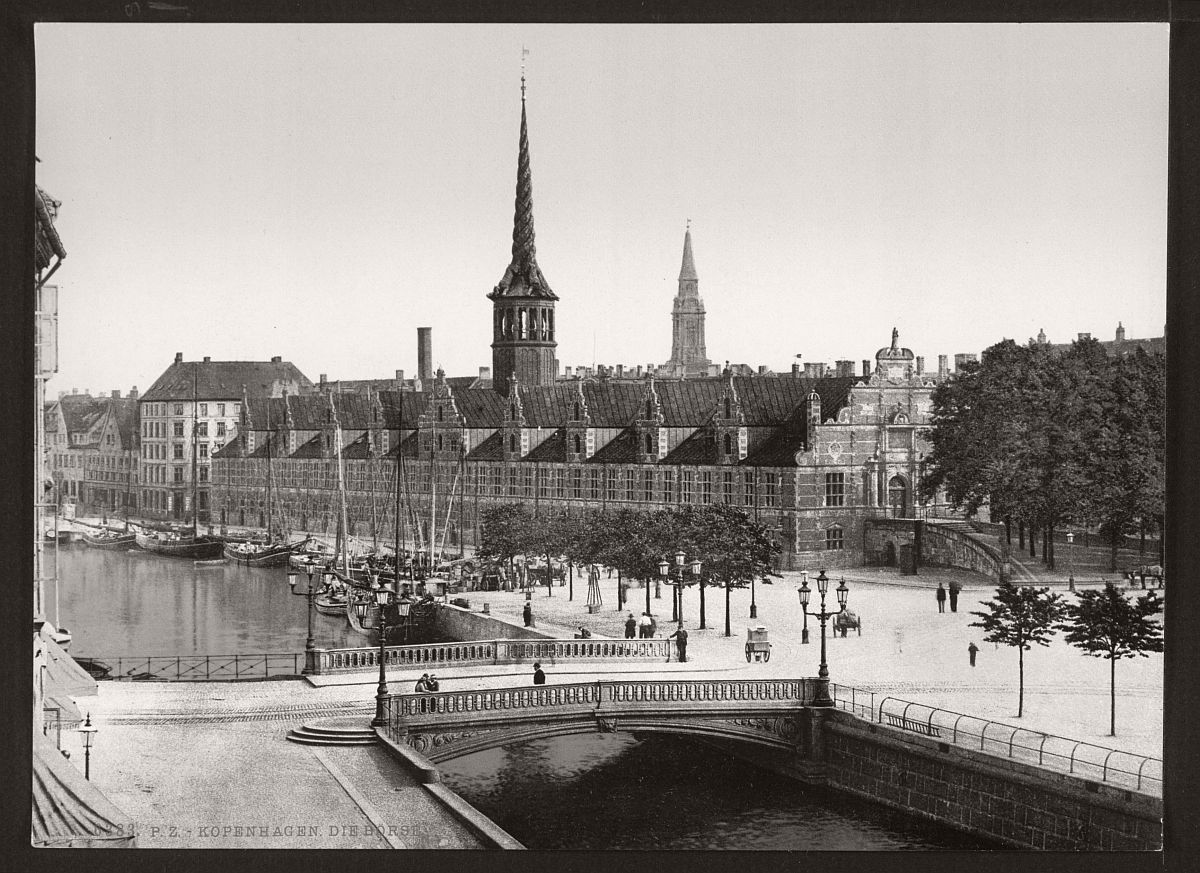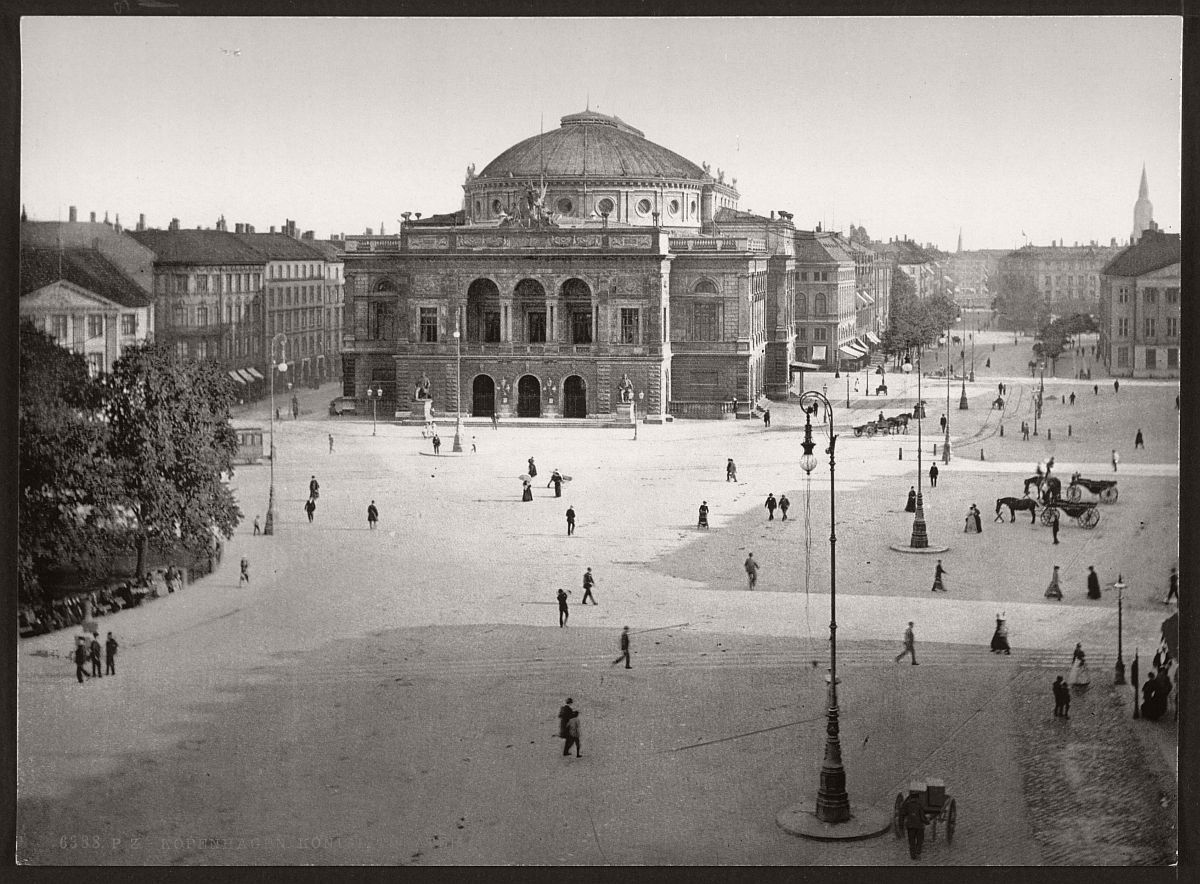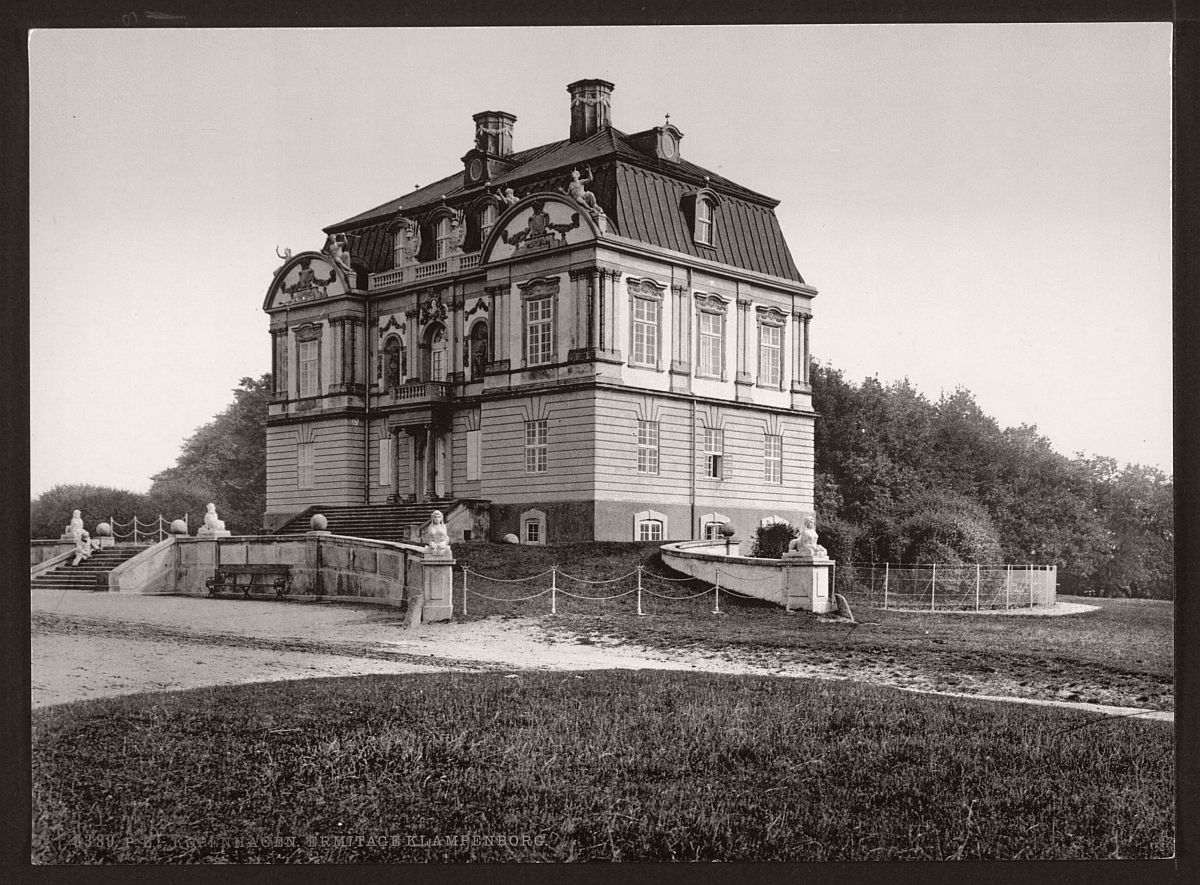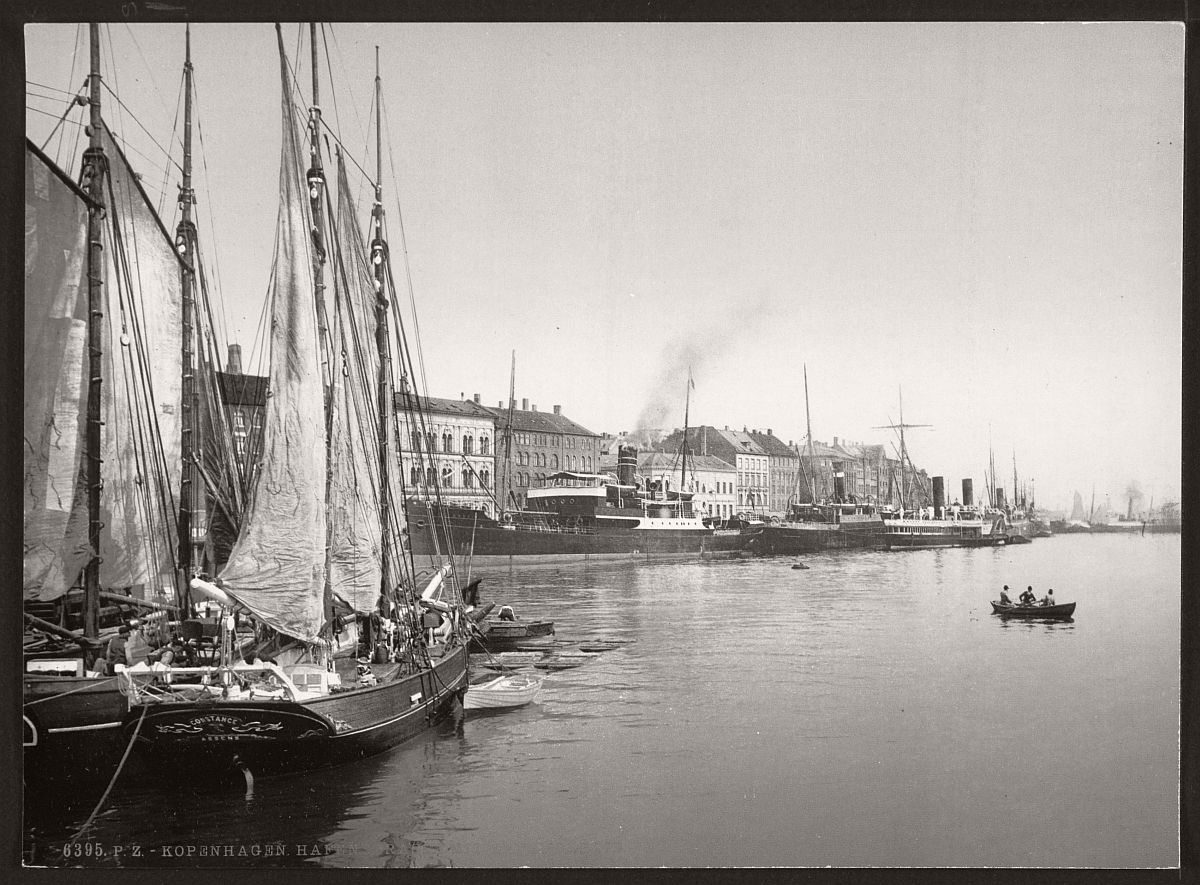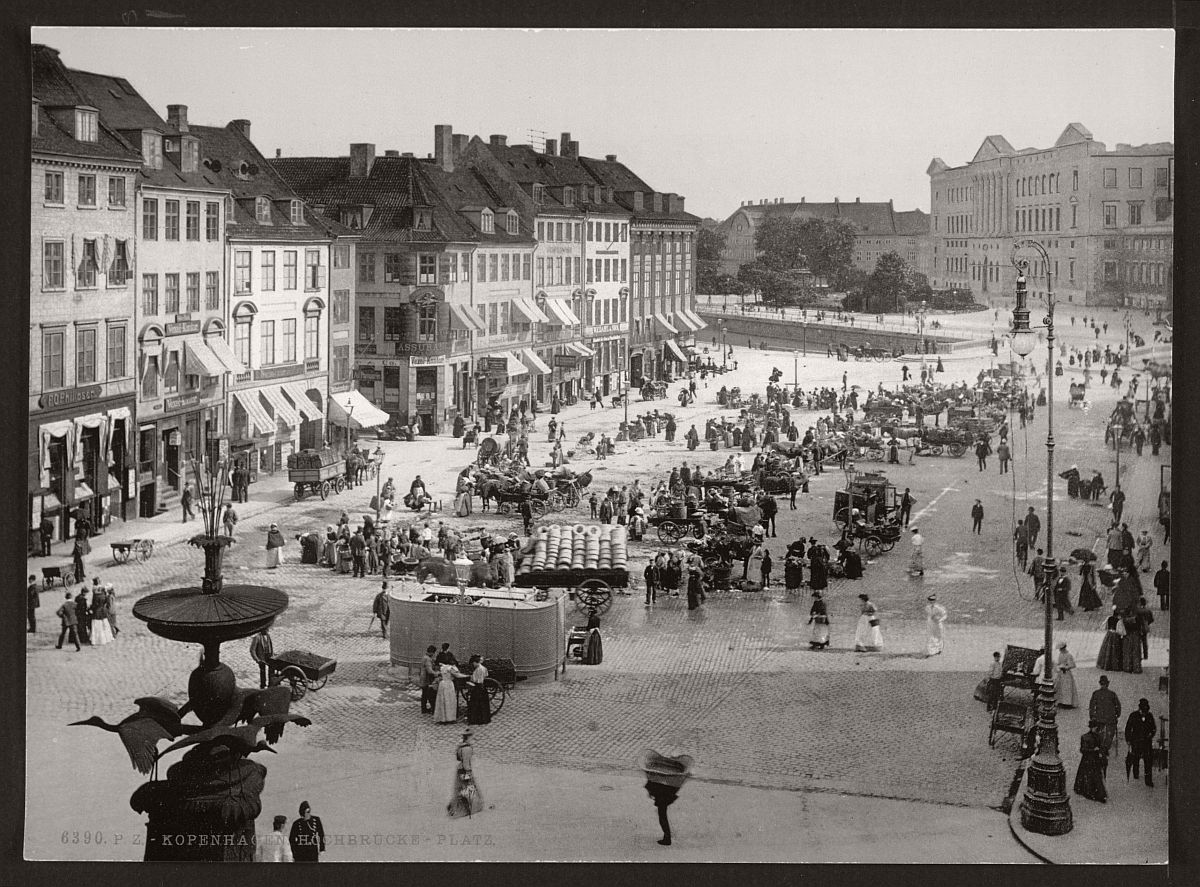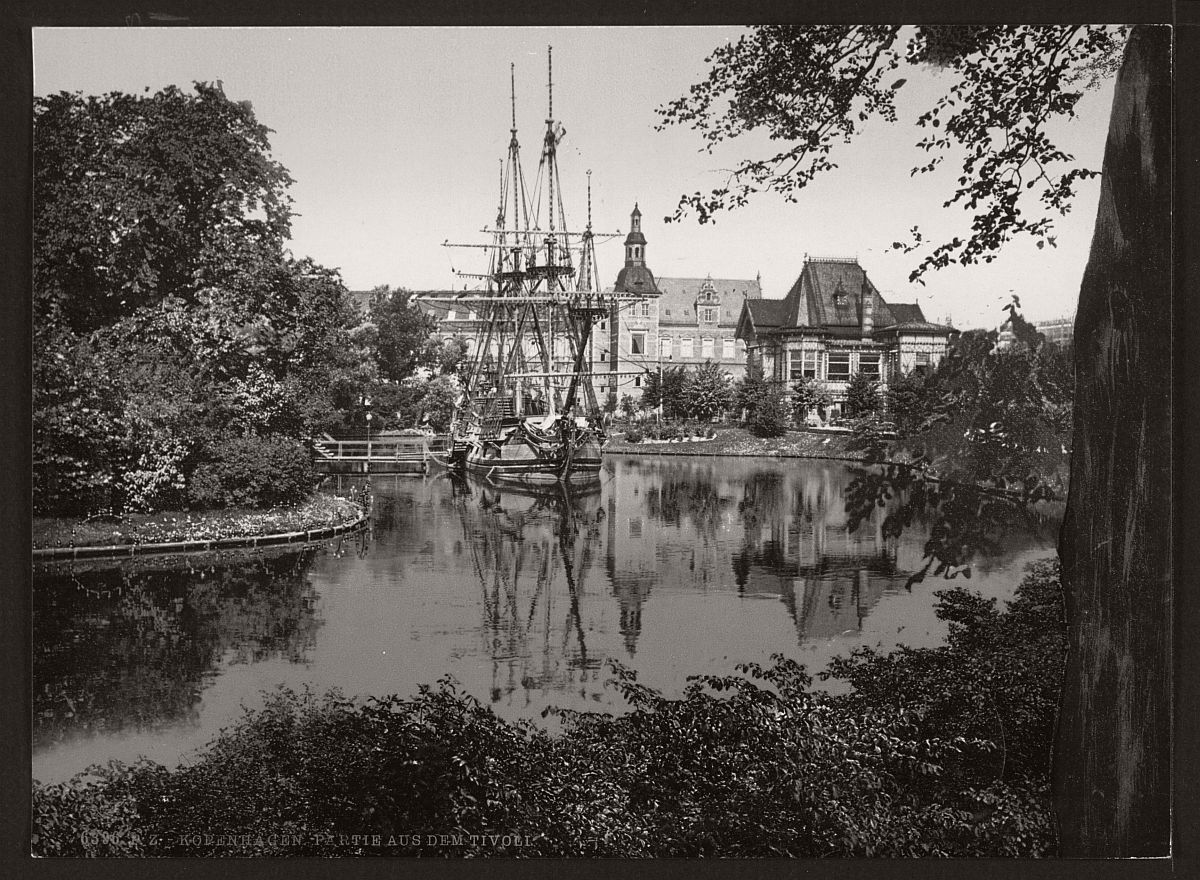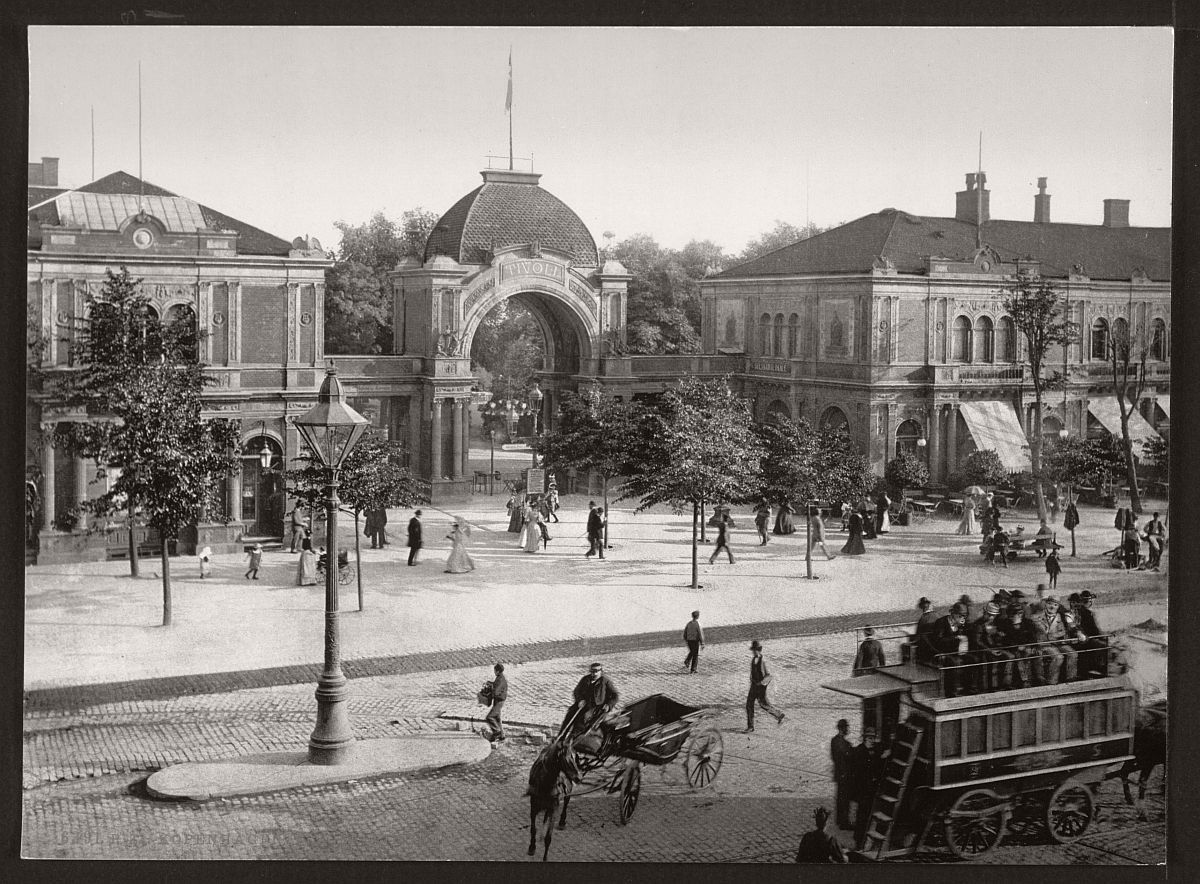In 19th century, Copenhagen experienced a period of intense cultural creativity known as the Danish Golden Age. Painting prospered under C.W. Eckersberg and his students while C.F. Hansen and Gottlieb Bindesbøll brought a Neoclassical look to the city’s architecture. In the early 1850s, the ramparts of the city were opened to allow new housing to be built around The Lakes (Danish: Søerne) that bordered the old defences to the west. By the 1880s, the districts of Nørrebro and Vesterbro developed to accommodate those who came from the provinces to participate in the city’s industrialization. This dramatic increase of space was long overdue, as not only were the old ramparts out of date as a defence system but bad sanitation in the old city had to be overcome. From 1886, the west rampart (Vestvolden) was flattened, allowing major extensions to the harbour leading to the establishment of the Freeport of Copenhagen 1892–94. Electricity came in 1892 with electric trams in 1897.
